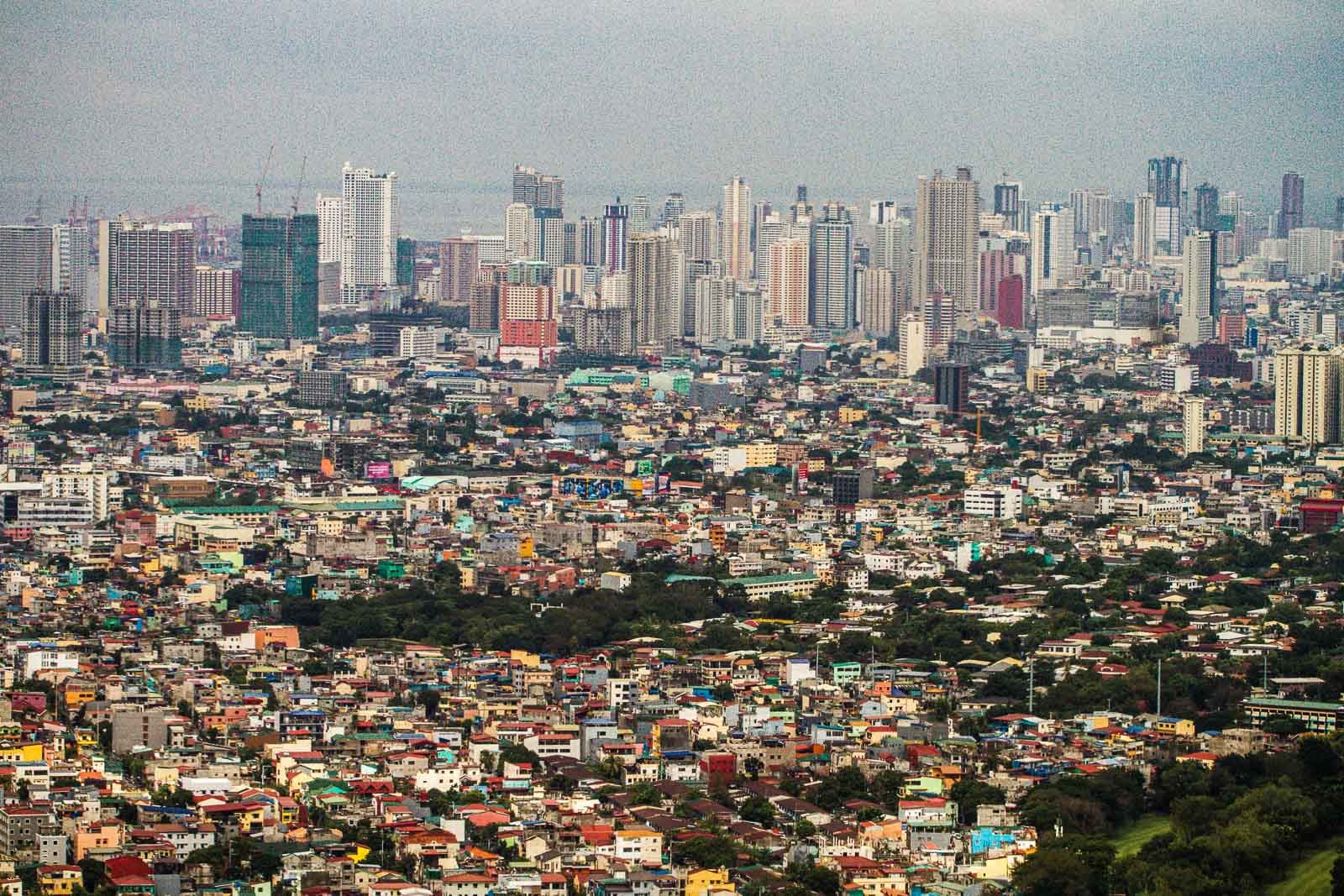SUMMARY
This is AI generated summarization, which may have errors. For context, always refer to the full article.

MANILA, Philippines – A greenhouse gas (GHG) inventory being developed by the Climate Change Commission (CCC), which will help the Philippines track carbon emissions and avail of climate financing, is already in the works.
CCC Vice Chairperson and Executive Director Robert E.A. Borje said the inventory would establish how much less the Philippines contributes to the climate crisis compared to more developed nations.
“It situates us already na, ‘Uy, talagang ganito lang kami.’ Talagang makikita na ito lang ang aming greenhouse gas emissions,” Borje told reporters on Friday, October 27.
(It situates us already, ‘Hey, our emissions are minimal.’ We would see that we only emitted a small amount of greenhouse gas emissions.)
A GHG inventory would provide a comprehensive accounting of a country’s total emissions in a given period of time. With such inventory in place, a country would have the necessary data to help plan out and tailor fit its own climate mitigation actions.
The CCC is set to release the inventory to the public next year. It computes the emissions the Philippines released in 2015 and 2020.
“Importante talaga ‘yung inventory ng 2015, 2020. Mata-track mo kung umaakyat, bumababa, anong mga sectors ‘yon,” said Borje.
(The inventory for 2015 and 2020 is important. You can track if emissions rose, decreased, and which sectors contributed.)
According to Borje, some of the sectors surveyed in the inventory were agriculture, waste, and forestry.
Why is this important?
The data from the inventory would be crucial in the country’s bid to avail of climate finance from richer nations who pollute and emit large amounts of carbon emissions.
Already, the Philippines and other developing nations are having a hard time making morally responsible countries pay. Climate finance is paid by industrialized nations to less endowed parties to help them reduce emissions. Large investments are needed to decarbonize sectors like energy and transport.
But why is climate finance especially important for the Philippines?
First, disasters experienced by the country would require more resources, funds to recover from. Because of the worsening crisis, the world is expecting more frequent and stronger typhoons in the years to come.
Second, the Philippine pledge to reduce emissions largely relies on aid.
Despite its measly contribution to the total global emissions released, the country had promised to cut down emissions by 75% by 2030. This target is the country’s Nationally Determined Contribution submitted to the UN Framework Convention on Climate Change in 2021.
But only 2.71% of this target is unconditional. The rest will only be fulfilled if developed countries cooperate.

The rise in global temperatures is attributed to heat trapped by record-high greenhouse gases, among them carbon dioxide.
This phenomenon, called the climate crisis, results to extreme weather events, destruction of natural habitats, and rising seas.
The crisis had left the Philippines and other vulnerable countries grappling with the impacts while wealthier countries refuse to drastically cut down their emissions and deliver aid. – Rappler.com
Add a comment
How does this make you feel?





There are no comments yet. Add your comment to start the conversation.